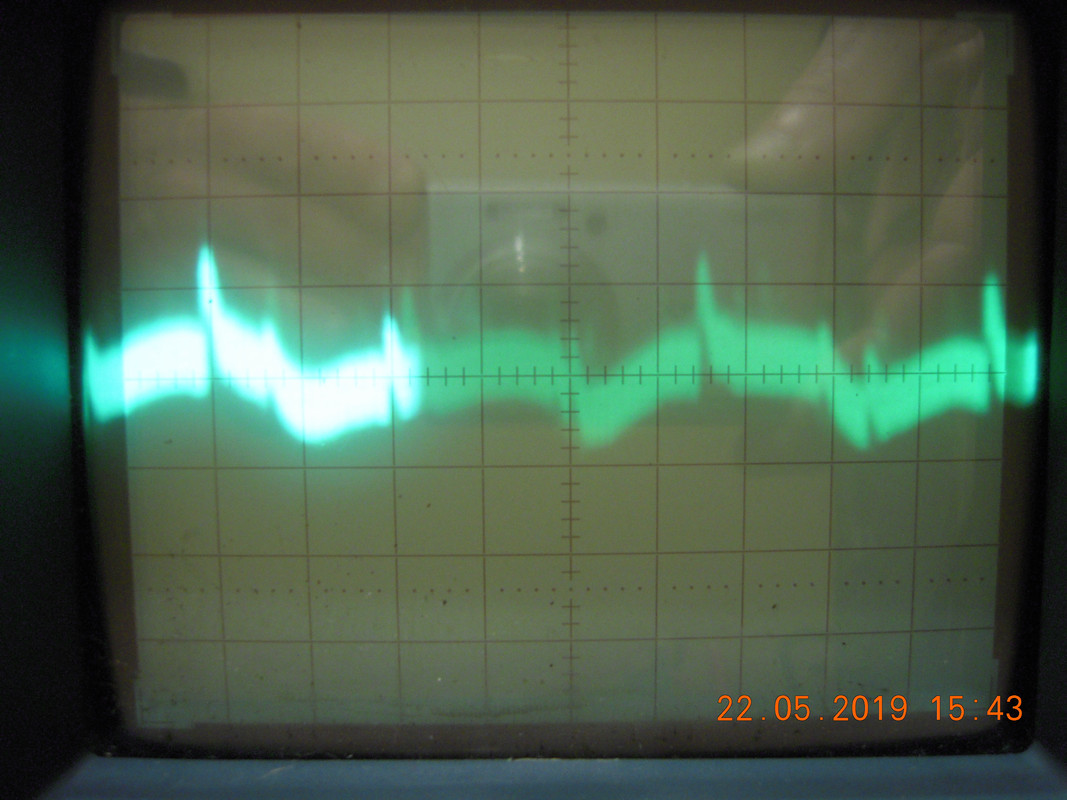First post, by retardware
- Rank
- Oldbie
I learnt a lot in this forum.
So I got worried that the power supplies I am using are not damaging the hardware.
For this reason I built a makeshift power supply tester.
It is very simple.
There are two switches.
The first one turns the tester on.
This makes the PSU tester draw a "small load" of 2.45A on 5V (one 12V 50W bulb in series with 0.22ohms resistor), and 0.9A on 12V (relay, two fans and a 20ohms resistor).
The second switch adds some more bulbs, all in series with 0.22ohms resistor, increasing to "big load" of about 6.6A on 5V and 6.2A on 12V. (Slightly over spec for Molex connector, but okay for a few seconds)
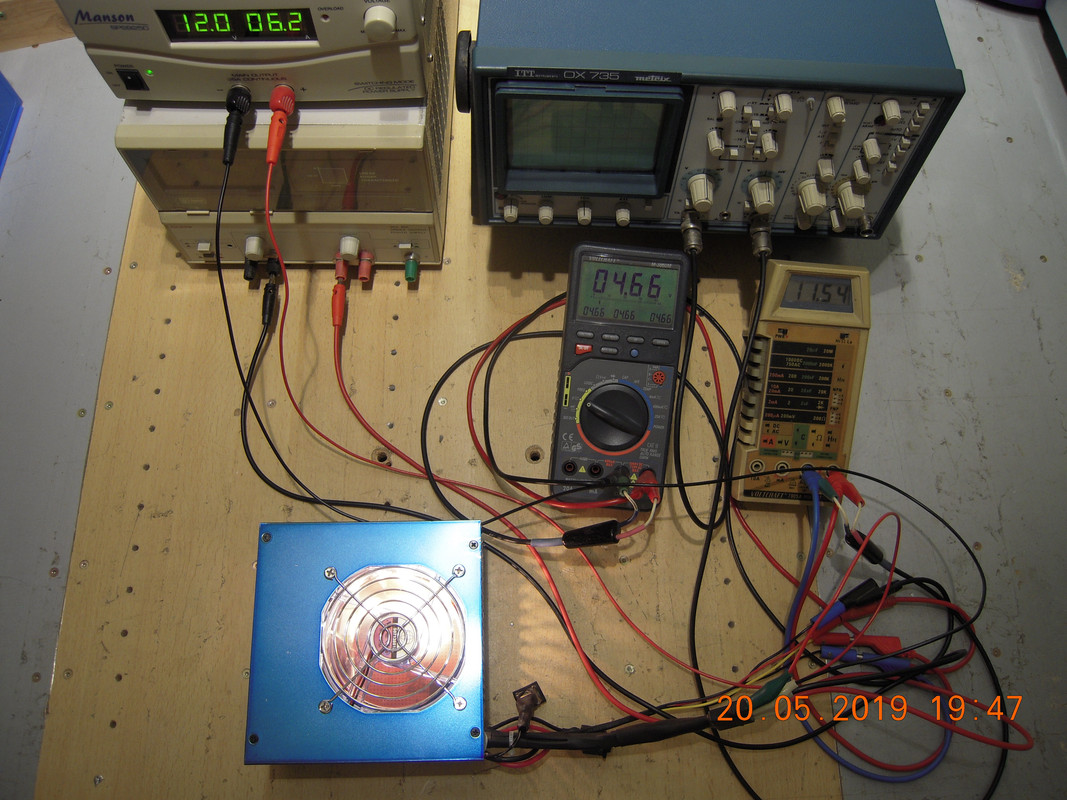
The tester is enclosed in a fancy blue PSU case with transparent fans. You see it running full load, connected to two variable PSUs via crocodile clamps at the Molex connector.
After I looked at my spare PSUs using the tester, I feel worried.

Only one of the four PSUs seems to be in-spec.
Mr. Power PSU at "small load" at 12V on the oscilloscope (50mV/cm, 5us/cm):
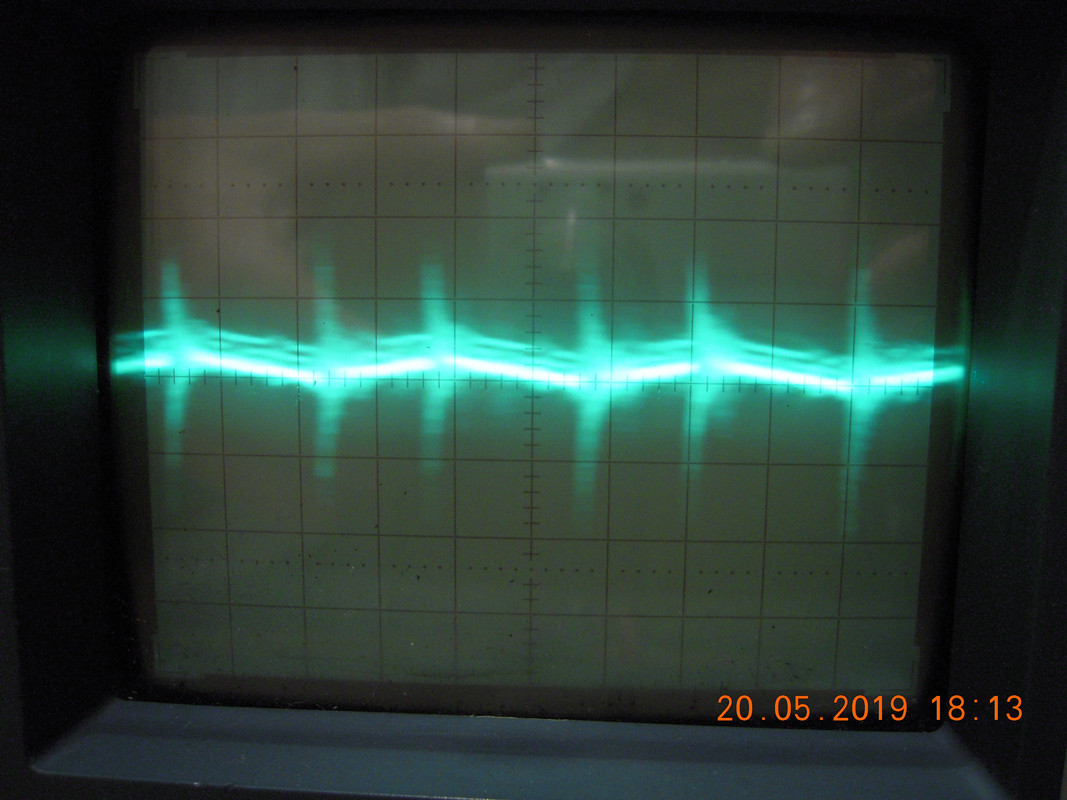
Bestec ATX-300-12Z at "small load" at 12V on the oscilloscope (5mV/cm, 5us/cm):
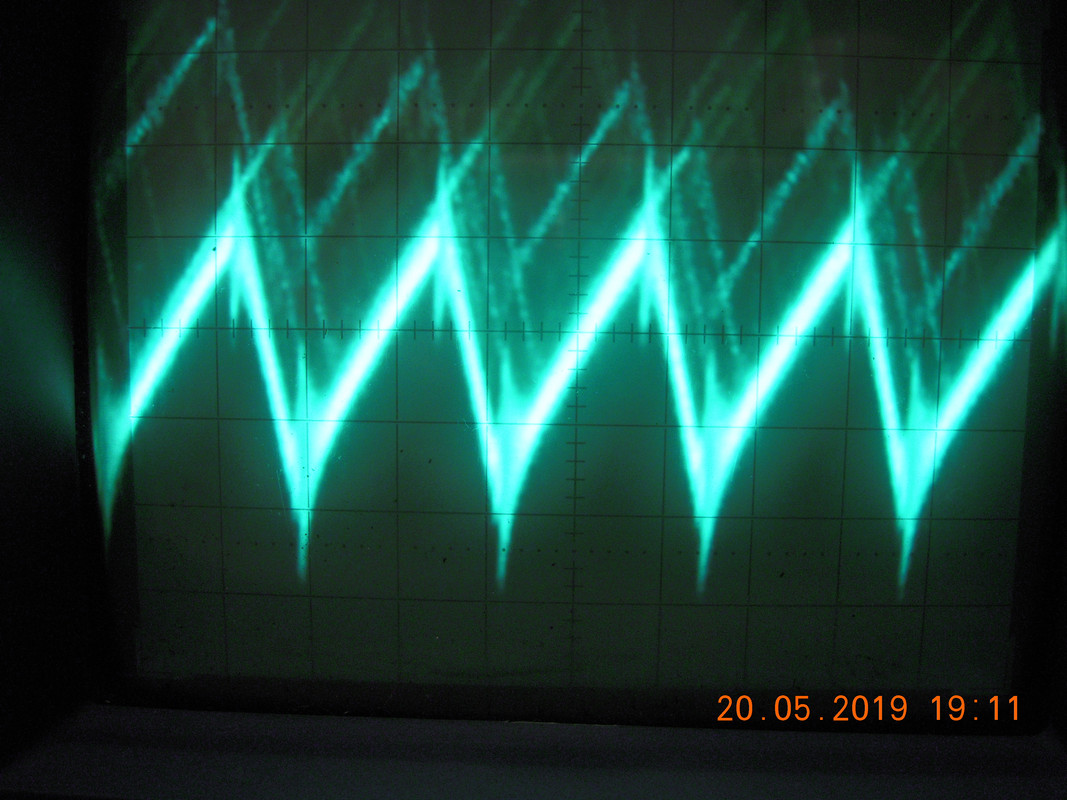
Delta DPS-475 at "small load" at 12V on the oscilloscope (50mV/cm, 5us/cm):
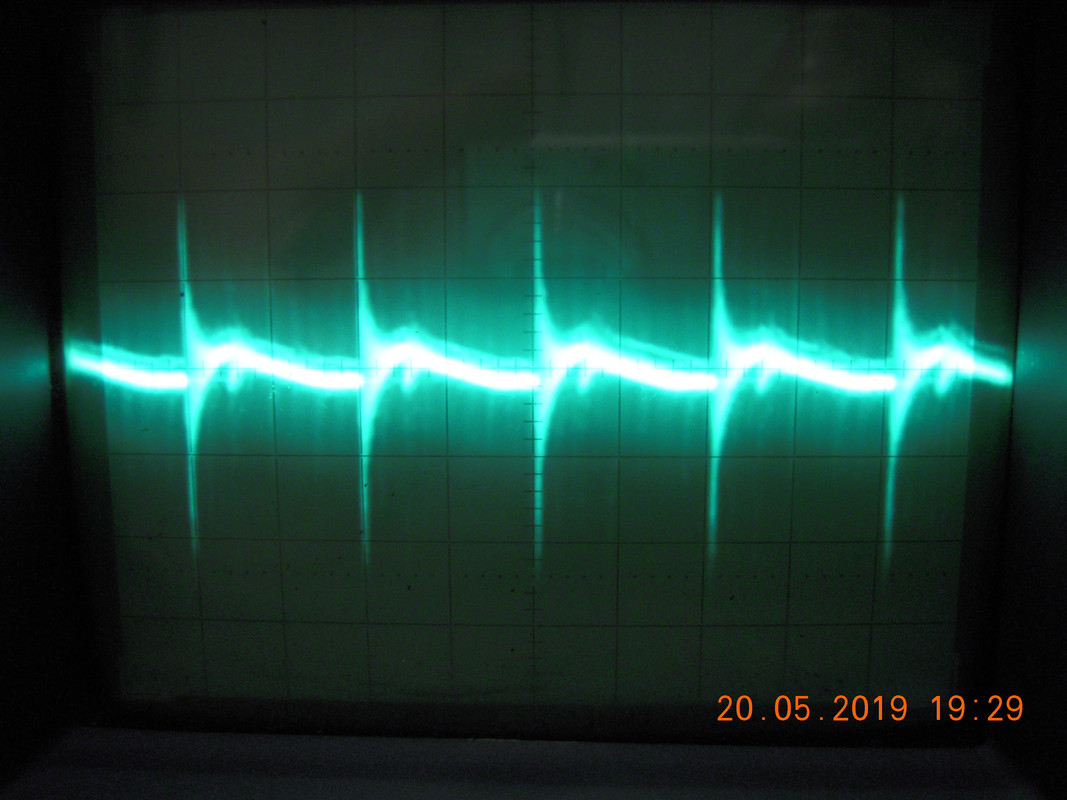
CP4-350WS at "small load" at 12V on the oscilloscope (10mV/cm, 5us/cm):
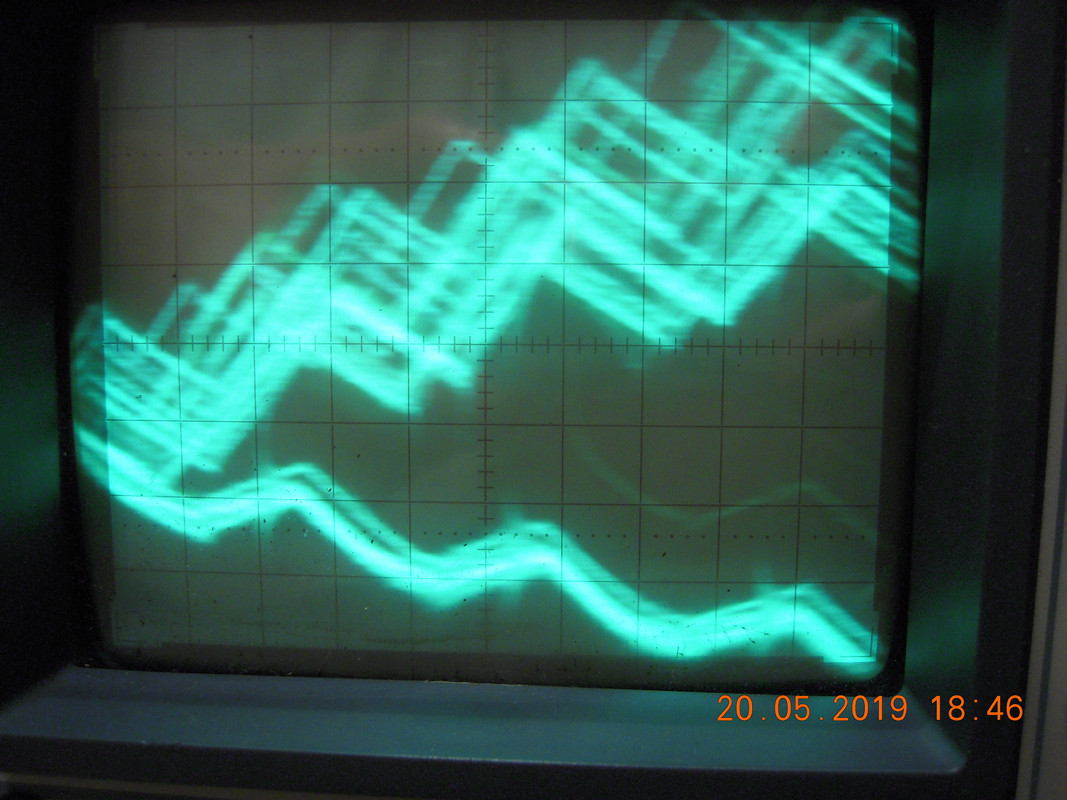
Now my question, can I take the following conclusions?
Mr. Power: Caps on primary weak, dead on secondary?
Bestec: Still in spec?
Delta: Caps on primary weak, dead on secondary?
CP4: Caps on primary dead?

